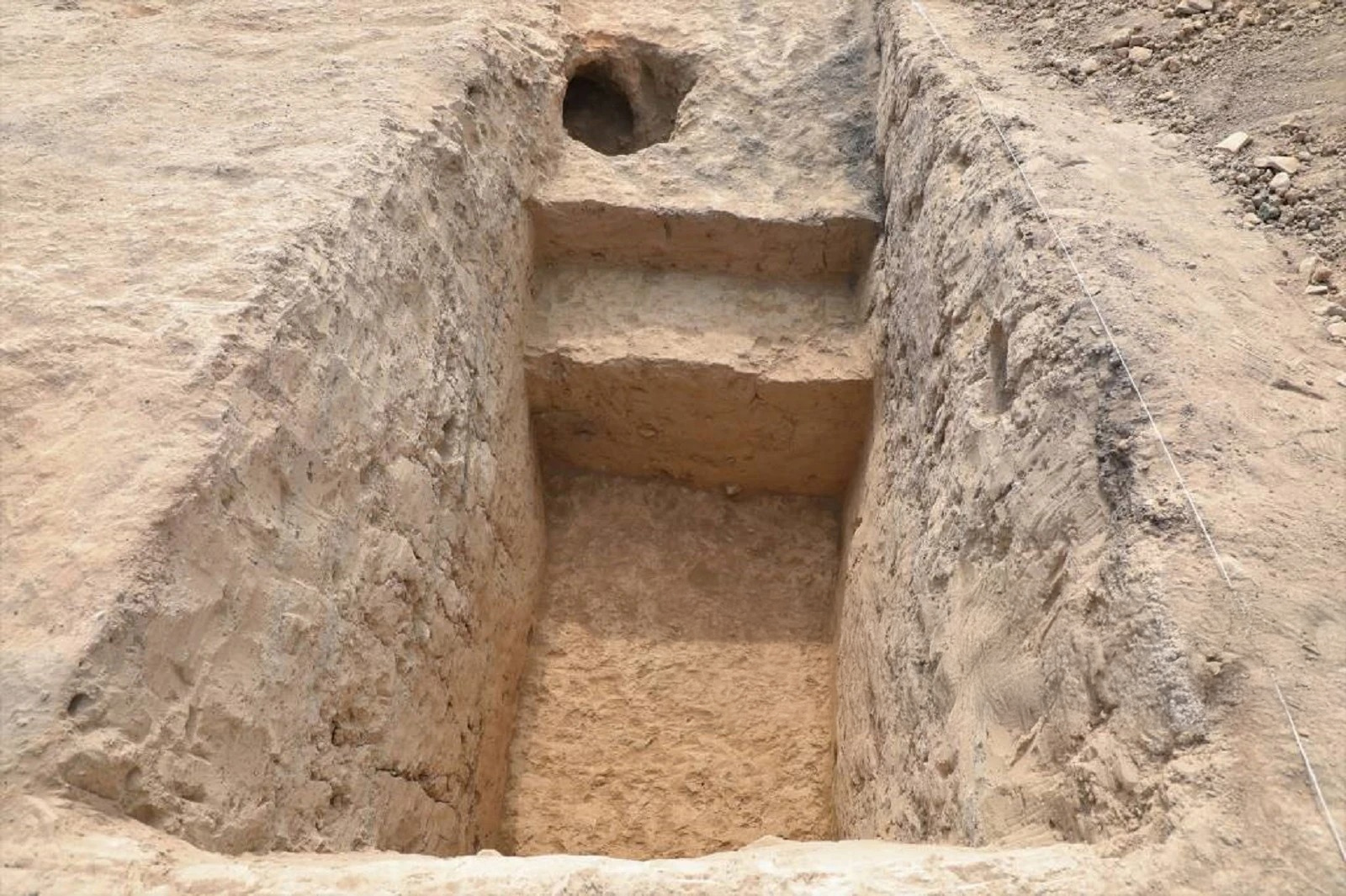Archaeologists from the Samarkand Institute in Kashkadarya, southern Uzbekistan, have announced a major discovery: the remains of a fortified city dating back 2,300 years.
The city was discovered on a mound near the village of Pastol, located on the eastern section of Kamashinsky District. Known locally as “Baburtepa”, the site was continually occupied for roughly a millennium from the 3rd century BC to the 3rd century AD.
According to a recent survey, the city covered an area of 6 hectares (14.8 acres) and likely served as a major trading centre that linked Bukhara with Khorezm.
Over the past two years, trenches opened across three sectors have revealed the foundations of the city’s fortifications, including a fort, guard posts, and defensive walls.
According to project co-lead Sanjar Abdurakhimov, the central area of the site likely served as a palace or ceremonial hall. Archaeologists uncovered a spacious chamber, adjoining rooms, and fragments of vividly coloured wall paintings, offering unique insight into ancient artistic traditions of the region.
Beyond monumental architecture, the city appears to have been a thriving hub of craft production. Excavations revealed pottery workshops, stone-cutting areas, storage vessels, and a wealth of ceramics. Figurines, amphorae, and funerary urns show distinctive craftsmanship, with certain styles suggesting cultural ties to the Seleucid and later Kushan empires.
The discovery comes amid a surge of archaeological activity in the Kashkadarya oasis. In 2025 alone, researchers registered more than 100 previously undocumented sites.
The Samarkand Institute plans to continue with future excavations as a long term project, intent on uncovering the administrative quarters and residential areas that can provide answers on the political organisation and daily life of the inhabitants.
Sources : Samarkand Institute





